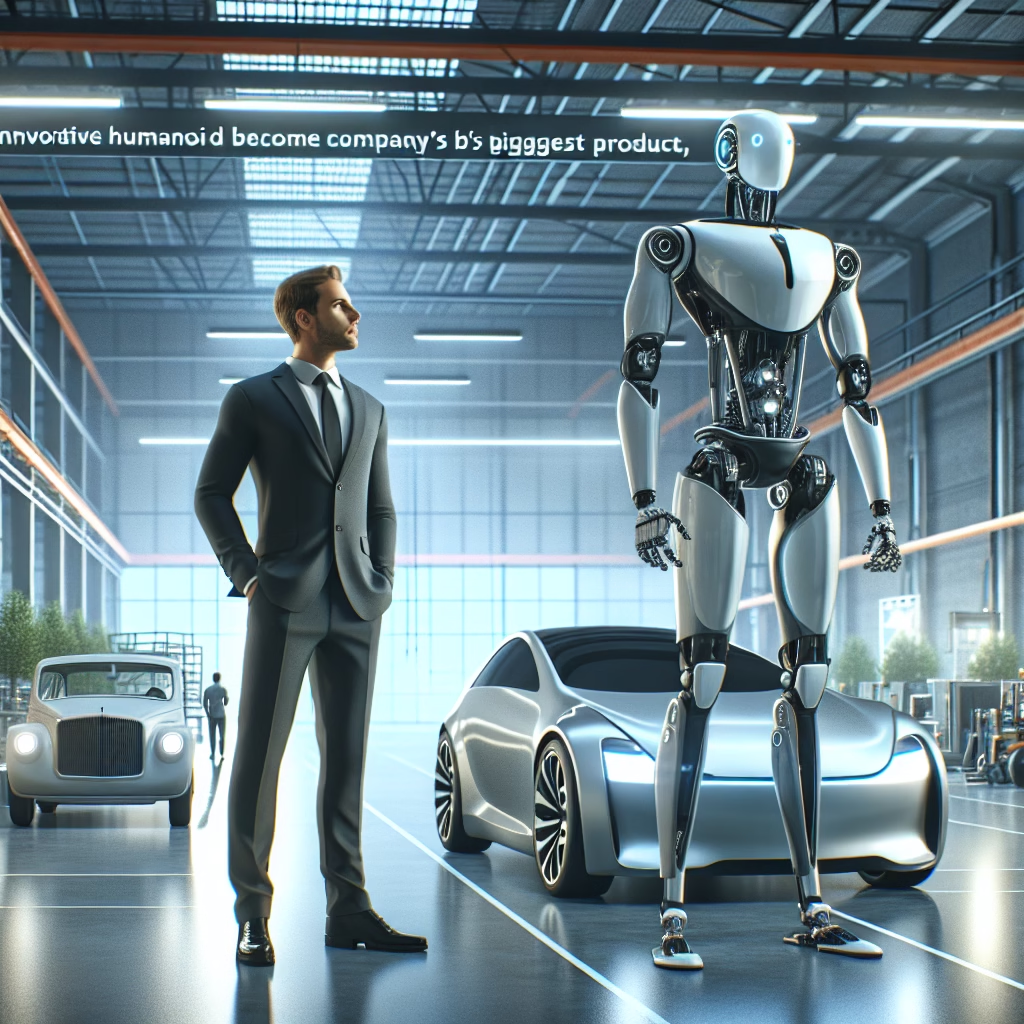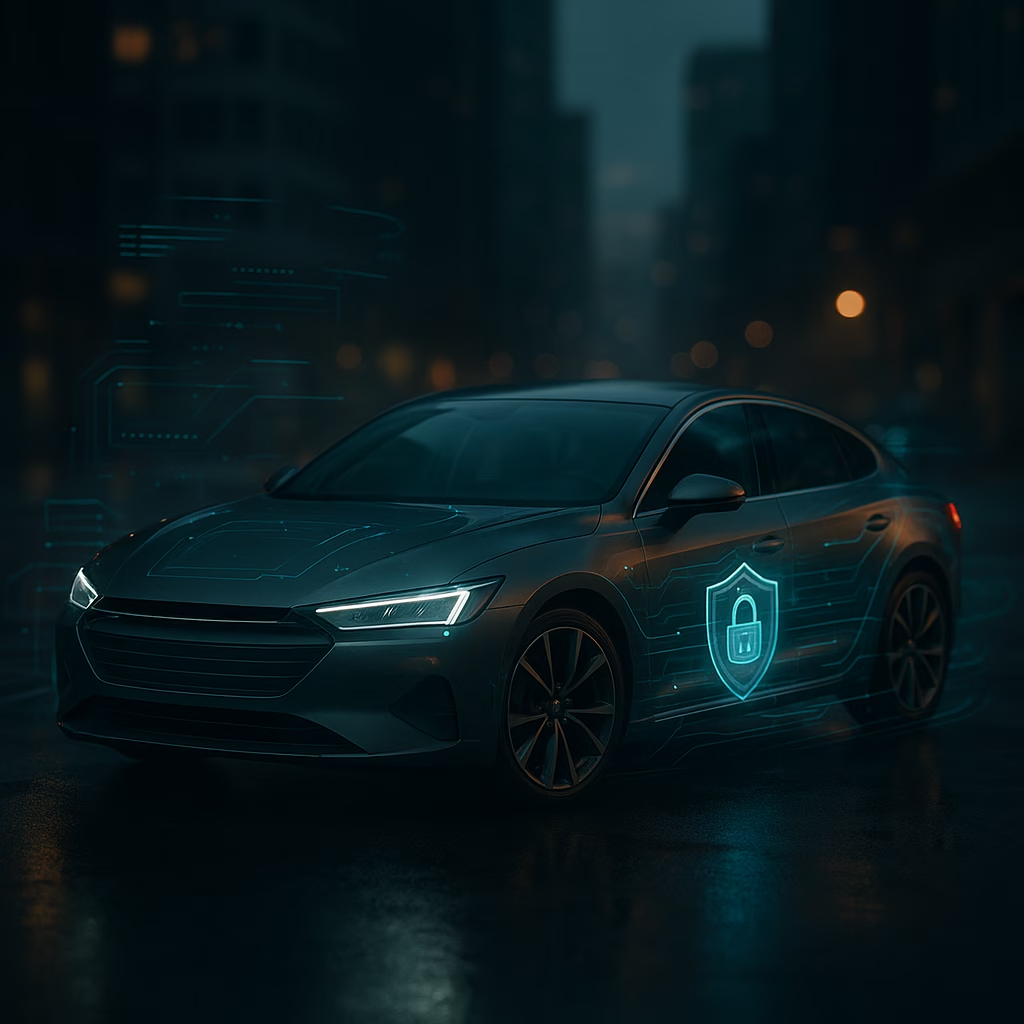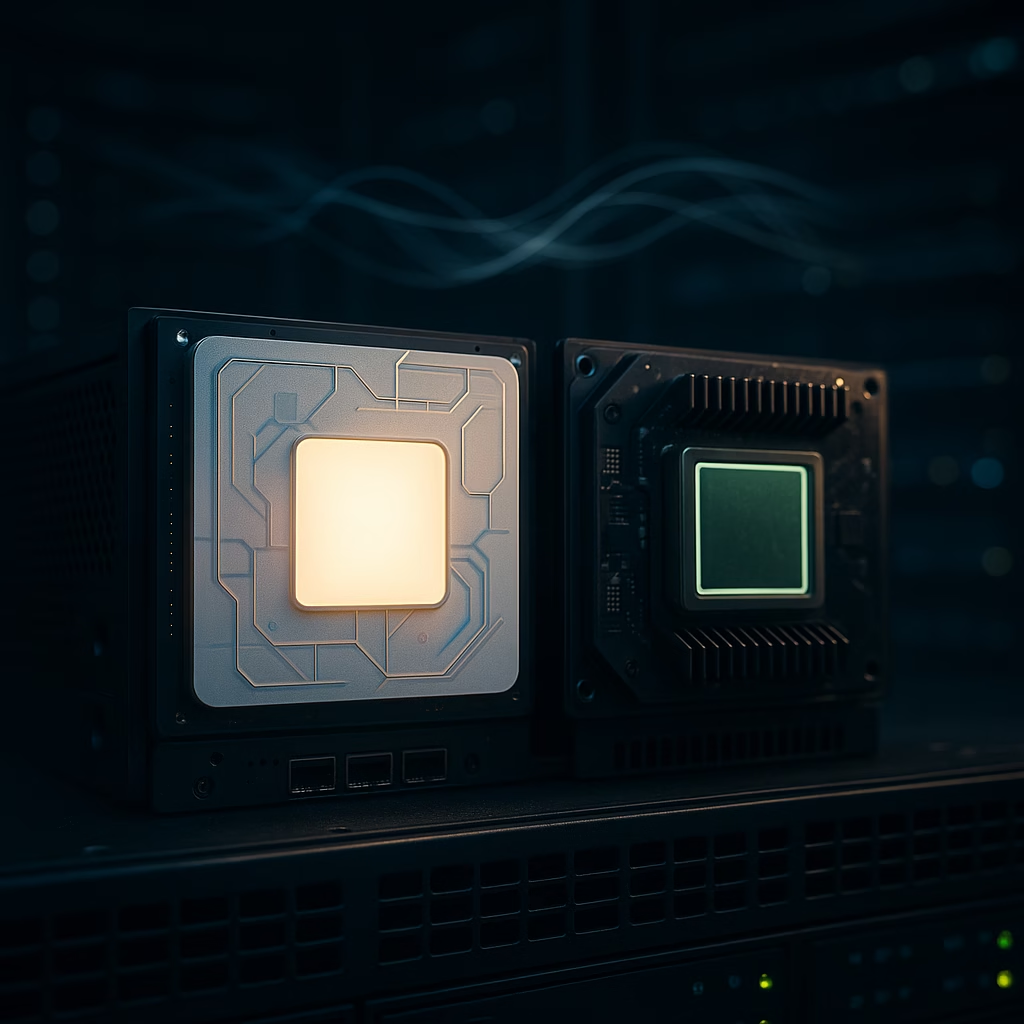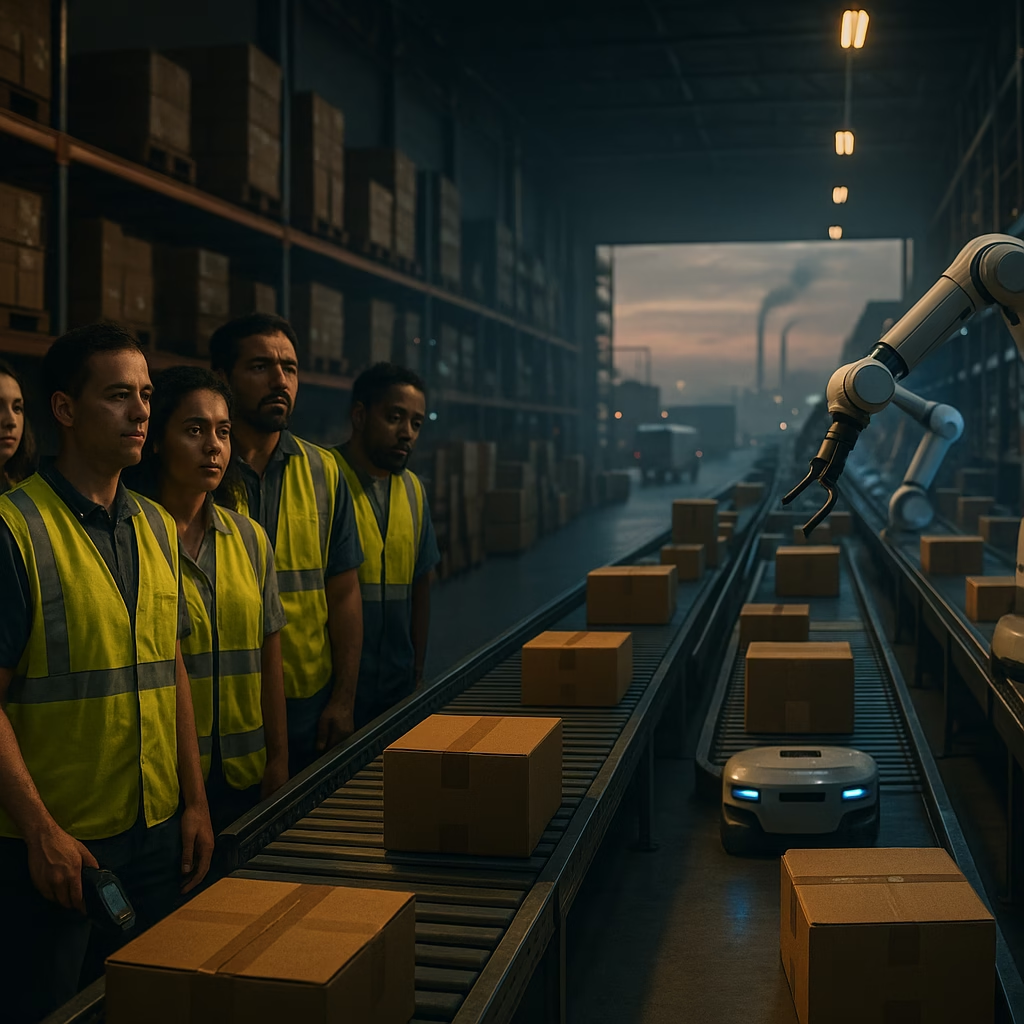Optimus to Be Tesla’s Biggest Product, Musk Says
Elon Musk’s Bold Prediction: Optimus Will Eclipse Tesla’s Other Products
In a recent update that has stirred excitement in the tech and EV communities, Tesla CEO Elon Musk predicted that the company’s humanoid robot, Optimus, could ultimately become its “most important product.” During Tesla’s latest earnings call, Musk emphasized the massive potential of Tesla Bot (Optimus), suggesting that its impact on the economy and daily life might exceed that of electric vehicles or energy storage solutions.
As ambitious as the claim sounds, Tesla is no stranger to bold moves and groundbreaking innovation. But how realistic is Musk’s prediction? And what exactly is Optimus?
Let’s dive into what we know so far and why this humanoid robot might be the future of Tesla—and possibly the world.
What is Tesla Optimus?
Unveiled in prototype form in 2022, Tesla Optimus is a humanoid robot designed to perform general-purpose tasks that are unsafe, repetitive, or boring for humans. Built using Tesla’s AI and Full Self-Driving (FSD) technology stack, Optimus is being developed to leverage Tesla’s existing AI infrastructure to create a humanoid that can learn and navigate real environments.
Musk’s vision for Optimus is wide-ranging:
- Performing domestic chores such as cooking, cleaning, and childcare
- Operating machinery in factories, including those in Tesla’s own manufacturing plants
- Providing companionship and remote control applications for the elderly or disabled
According to Musk, robots like Optimus will be affordable and mass-produced. While it’s currently in the early development phase, the long-term goal is for the robot to become as ubiquitous as the smartphone—perhaps even taking center stage in Tesla’s product lineup.
Why Optimus Could Become Tesla’s Largest Product
Musk describes Optimus not merely as a robot but as a product with potentially “limitless demand.” He argued that, while Tesla’s EVs target transportation and its solar and battery offerings address energy, Optimus opens up an entirely new market: labor.
1. Addressing Global Labor Shortages
There are growing global shortages in the labor market, especially in aging populations like Japan, parts of Europe, and even certain sectors in the United States. A humanoid robot capable of performing both manual labor and delicate tasks could revolutionize:
- Healthcare and assisted living sectors
- Agricultural and industrial jobs
- Construction and logistics
Replacing or augmenting human labor with robots could increase productivity, reduce workplace injuries, and help sustain industries facing severe worker shortages.
2. Seamless Integration with Tesla’s Existing Technology
Tesla’s existing AI capabilities, driven by its advancements in autonomous driving and Dojo—its high-capacity supercomputer designed for machine learning—give Optimus a competitive edge. This means Tesla is:
- Repurposing neural net training from Tesla’s Full Self-Driving technology for humanoid movement
- Implementing real-time object recognition and pathfinding
- Creating a smart, adaptive robot that improves as its AI evolves
By using software and hardware designed in-house, Optimus benefits from vertical integration—just like Tesla vehicles do.
3. Potential to Revolutionize the Economy
Musk envisions a future where Optimus could be leased or purchased to do work, essentially acting as a workforce for hire. He has gone so far as to suggest that these robots could be responsible for producing goods and infrastructure, offering:
- Highly flexible labor deployment
- 24/7 operational efficiency with minimal downtime
- Reducing the cost per unit of labor over time
This could significantly change the fundamental structure of economics, where capital and automation replace traditional human labor.
Challenges and Skepticism
While Musk’s optimism is infectious, he’s often faced criticism for being overly ambitious with timelines. Tesla’s history—like the delayed launch of the Cybertruck and slower-than-promised rollout of Full Self-Driving—has some analysts and experts adopting a “wait-and-see” approach.
1. Technical Feasibility
Building a general-purpose humanoid robot is one of the most difficult engineering challenges in robotics. Some hurdles include:
- Reliable and safe articulation and dexterity
- Battery life that can support all-day usage
- AI that understands and adapts to unpredictable real-world scenarios
Humanoid robots like Boston Dynamics’ Atlas have shown impressive physical capabilities, but real-world adaptability is still in its infancy.
2. Cost and Scalability
Musk has projected a consumer price of around $20,000 for Optimus. This aggressive target would make it more affordable than some premium cars, but achieving economies of scale for a high-complexity product like this will be challenging. Tesla must master:
- Supply chain resilience
- Manufacturing automation at scale
- Global distribution and regulatory compliance
3. Ethical and Societal Implications
There are broader questions about what widespread robot labor means for privacy, employment, and human interaction. While Musk promises “friendly” AI, critics worry about surveillance, hacking, and emotional detachment from using humanoid companions.
Investor and Market Reactions
Despite being years away from mass-market use, Optimus is already influencing how investors value Tesla. Given Musk’s statement that the robot could become a larger business than Tesla’s cars, it’s clear that Wall Street is starting to look beyond electric vehicles.
Tesla’s focus on multi-disciplinary innovation is helping broaden its investment appeal—from a car company to a global AI and robotics leader.
Final Thoughts: Is Optimus the Future of Tesla?
While still early in development, the implications of Tesla Optimus can’t be overstated. If realized—even partially—it could transform industries, redefine labor, and propel Tesla into a market leadership role in robotics.
Key takeaways:
- Elon Musk believes Optimus could be Tesla’s biggest product ever
- The robot taps into Tesla’s existing AI and autonomy expertise
- It promises to revolutionize labor and productivity across sectors
- Challenges remain, especially in engineering and social implications
Whether you think it’s science fiction or the next industrial revolution, one thing is clear: Tesla Optimus is a product worth watching closely. If Musk’s prediction holds true, the future of work might be walking among us sooner than we think.
Stay tuned as Tesla continues to reveal more about Optimus in the coming years. We’re at the dawn of a new robotic age—and if Musk has his way, Optimus may become its flagship.< lang="en">







Leave a Reply